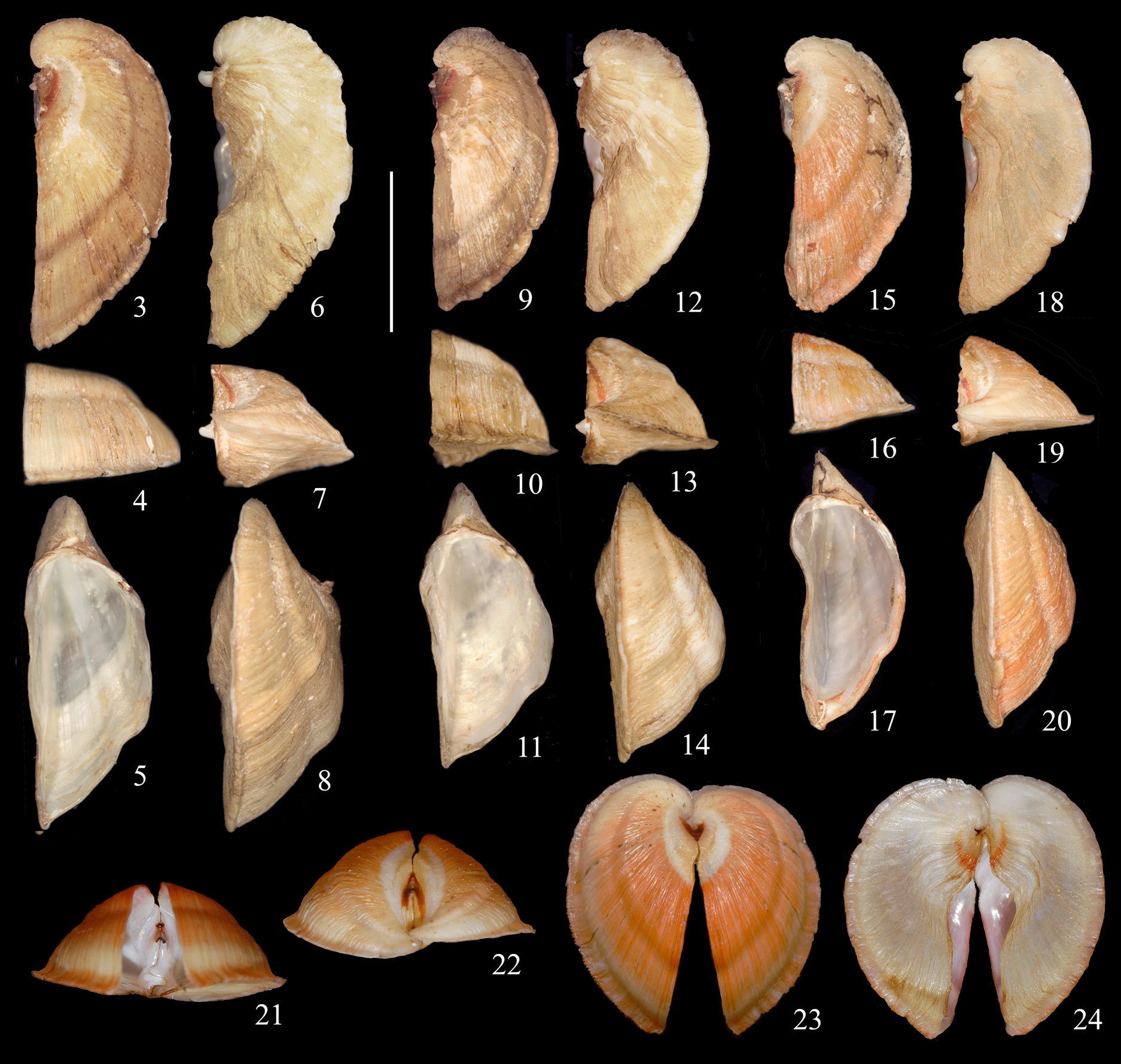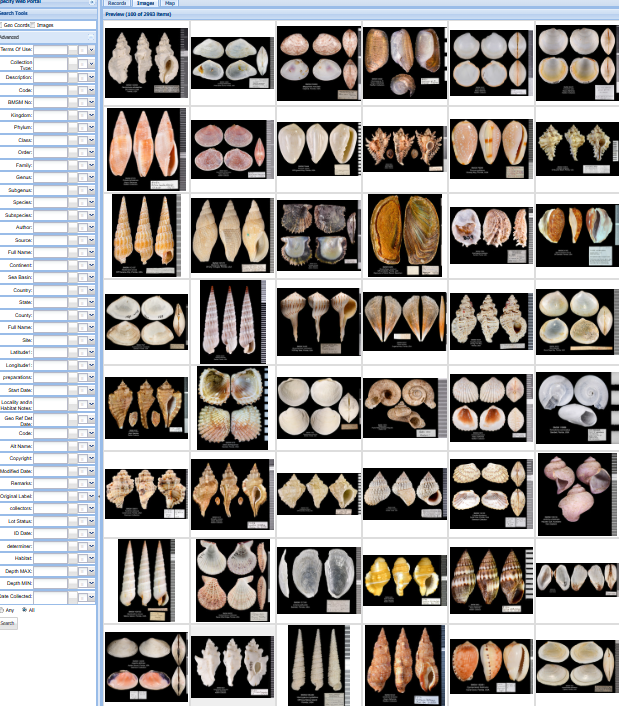Mollusks Collection
The Museum’s scientific collection of shells and other specimens is one of the largest of its kind. It includes shells collected throughout the world, with the largest holdings coming from the waters of Florida and the Caribbean. The approximately 600,000 specimens in the collection are organized in ‘’lots’’, which is a natural history collection term for an individual or group of specimens of the same species documented as being collected at a specific time in a specific place.
The collection and its associated locality data provide important information about marine, terrestrial, and freshwater mollusks to a broad range of researchers and enthusiasts in the fields of marine biology, conservation, zoology, genetics, and geology, among others.
The collection is catalogued and accessible online thanks to grants from the Institute of Museum and Library Services and the National Science Foundation. The database is accessible below.
With inquiries about the collection please contact Science Director and Curator Dr. José H. Leal: jleal@shellmuseum.org.

How to Use the Online Collection Database
The collection database allows the user to search for families, genera, species, localities, collectors, dates, and other parameters.
The column on the left offers a large number of search fields. For example, to search for all lots of the Lightning Whelk (Sinistrofulgur sinistrum) the user will enter the genus name (Sinistrofulgur) in the “Genus” field, the species name (sinistrum) in the “Species” field. Then, scroll to the bottom of the page, select “Any” and then hit the “Search” at the bottom left. The user can also further narrow a search to certain localities, dates, etc.
Information from search results is displayed in three views: Records, Images, and Map. On the Records tab, data are shown in a grid view. The Images tab displays all the existing images for the results of the search. The Map tab shows a map with points, each representing one collection lot. Only lots with geographic coordinates entered in in the catalogue are reflected in the map.
Access the database here
